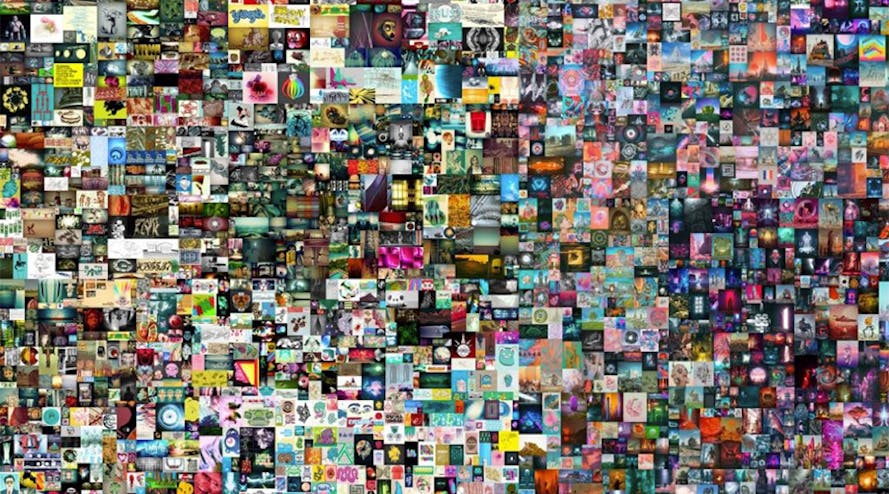
Non-fungible tokens, or NFTs, are the latest trend that is exploding all over the world in the digital economy. Artists, creators and organizations are all scrambling to get onboard the NFT hype train, with several notable sales already fetching tens of millions of dollars. Some have likened this to the Dutch tulip craze of the 17th century, and if this pattern repeats itself, we could be in for an almighty crash in the NFT market soon. However, there are reasons to believe that this is more than just a speculative bubble, and there are several features and characteristics that could make NFTs a game-changer for various industries, especially in terms of online sales. It is therefore important to understand what exactly NFTs are, how they work, and how they can be a big factor in the way digital economies develop in the future.
NFTs are digital assets that are unique and can represent ownership of digital assets, such as artwork, music, collectibles, and more. They are based on the same blockchain networks that are used to support and run cryptocurrencies, and many of them are frequently bought and sold via cryptos as well. Contrary to public opinion, NFTs are not especially new – they have been around since 2014, but it is only over the last six months or so that they have become such a big deal. Given their unique nature, in that each NFT is unique and cannot be interchanged for another, i.e. non-fungible, it is somewhat surprising that they are being used to sell digital assets that already exist elsewhere. For example, one of the biggest success stories for NFTs has been the NBA Top Shots platform, where the NBA has been selling videos, highlights and special moments from matches as NFTs. These are all available to view online, but yet some of these NFTs have gone for hundreds of thousands of dollars. Similarly, the digital artist Beeple created a composite of 5,000 of his daily drawings to create “EVERYDAYS: The First 5000 Days”, which sold as an NFT for a staggering $69.3 million at the auction house Christie’s. However, these individual images can be viewed for free online, so why are people paying so much for this? The answer is that the NFT confers ownership of the original item, and therefore provides bragging rights, as well as authentication to confirm proof of ownership. It’s the same as saying that anyone can view the Mona Lisa online or even by visiting the Louvre in Paris, but only the owner of the painting has ownership and bragging rights – the only difference here is that these assets and creations are online, rather than being physical in nature.
NFTs are therefore different from cryptocurrencies or any other currency since they are unique and cannot be interchanged. They are essentially digital collector’s items, with exclusive ownership rights and authentication to provide history and proof of ownership. This has allowed content creators and artists to be able to monetize their work in a much more lucrative and efficient manner than existing channels and methods allowed them to. For example, musicians have long been railing against streaming companies such as Spotify and Apple Music, which pay out a minuscule amount per stream of an artist’s song, so only the biggest global stars earn anything substantial from these platforms. Smaller artists, who may be having hundreds of thousands of streams of their music, will earn very low amounts from these streaming companies. However, the advent of NFTs has changed the game, as these artists can now directly sell their music to fans, along with exclusive content and artwork, with no middleman to take a cut. Additionally, NFTs can also be programmed so that a percentage of subsequent sales of that NFT goes to the original creator as well as royalties, therefore providing future income to artists as well.
Of course, there are concerns that NFTs could be yet another bubble of speculation which could be set to burst soon. However, trends show that this innovation is actually becoming stronger, as weaker and gimmicky tokens have been weeded out, and the average price of an NFT is 70% lower at the moment than it was during its highs back in February. This points towards a maturing of the ‘hype cycle’, where the original hype has begun to die down, inefficient and useless options have exited the market, and more sustainable growth is now on the horizon.